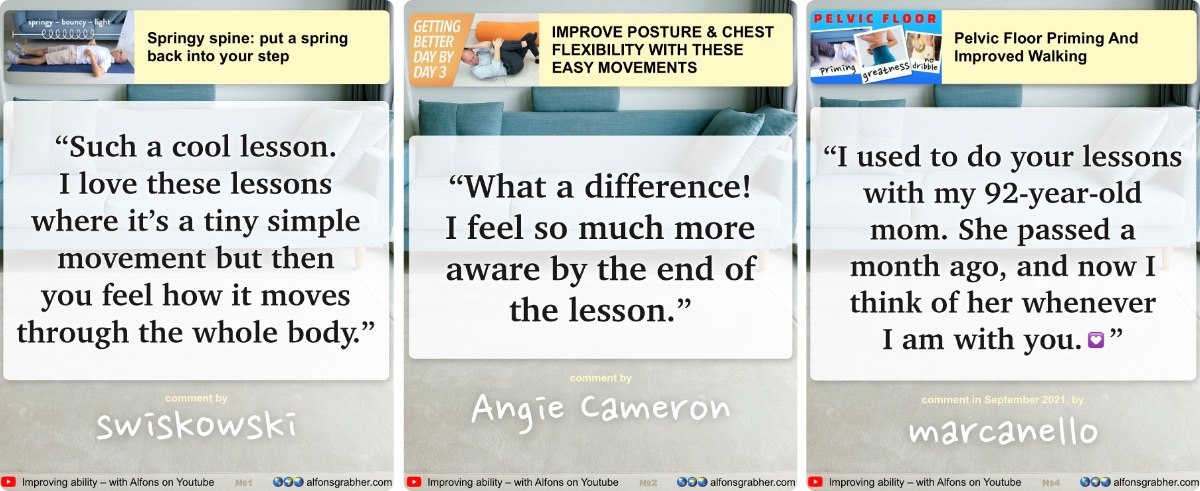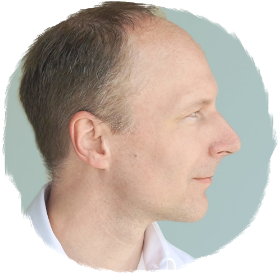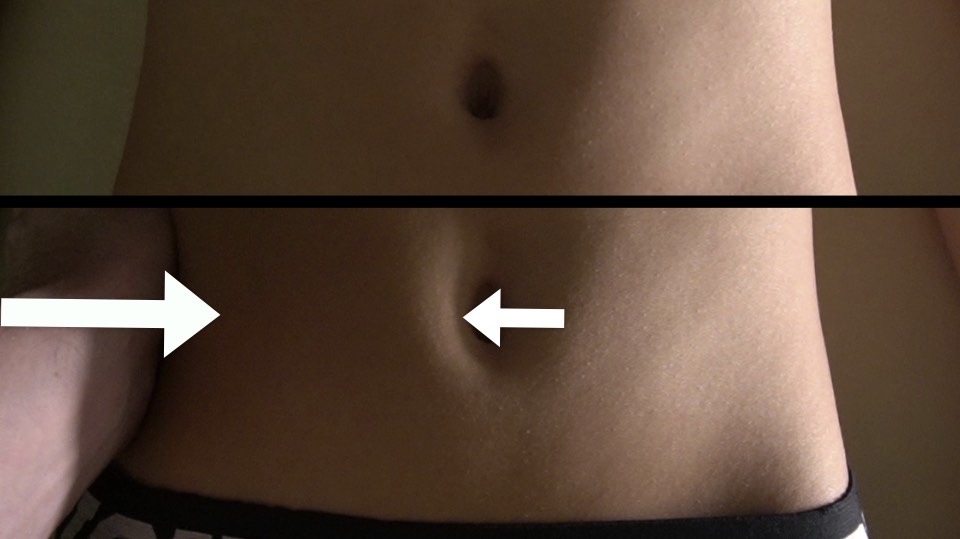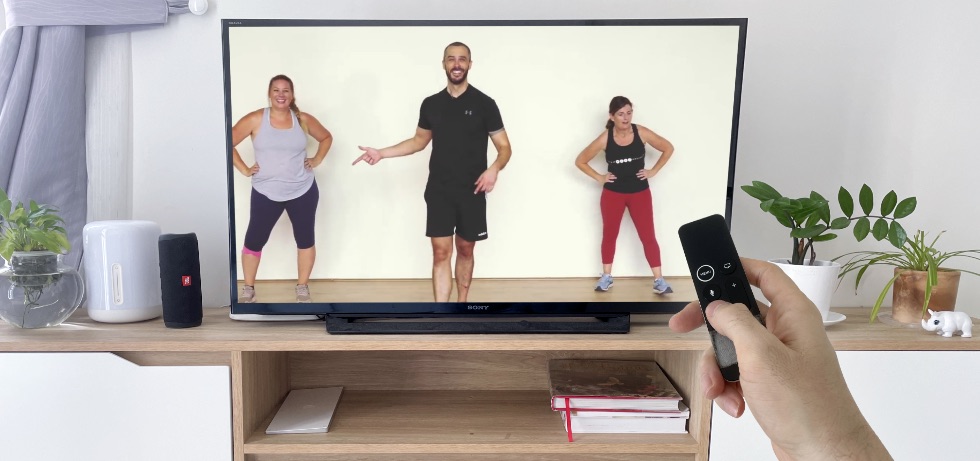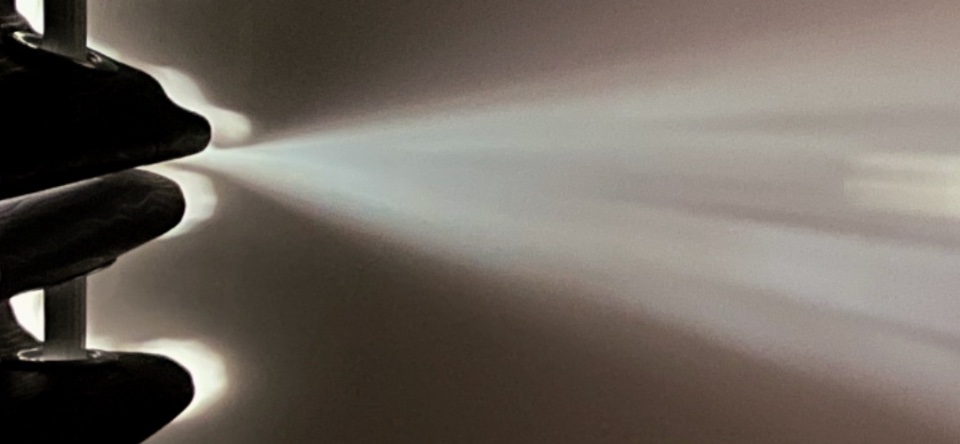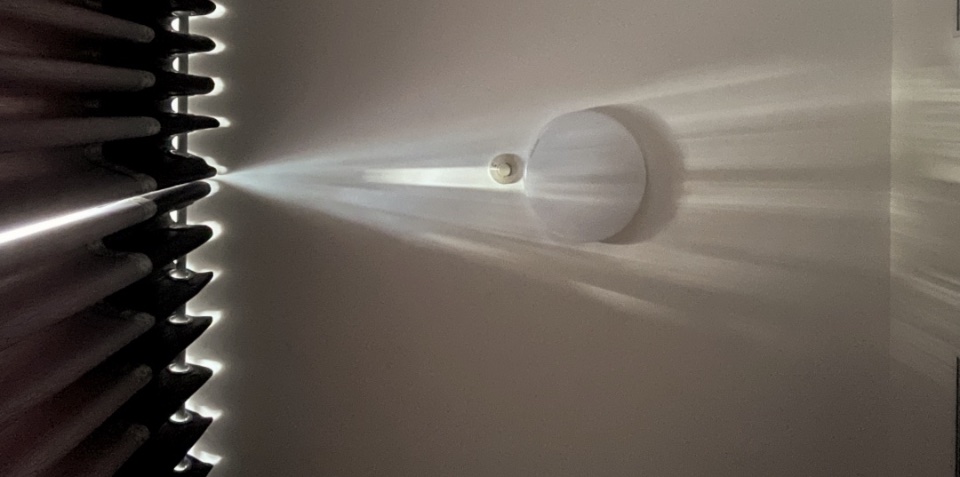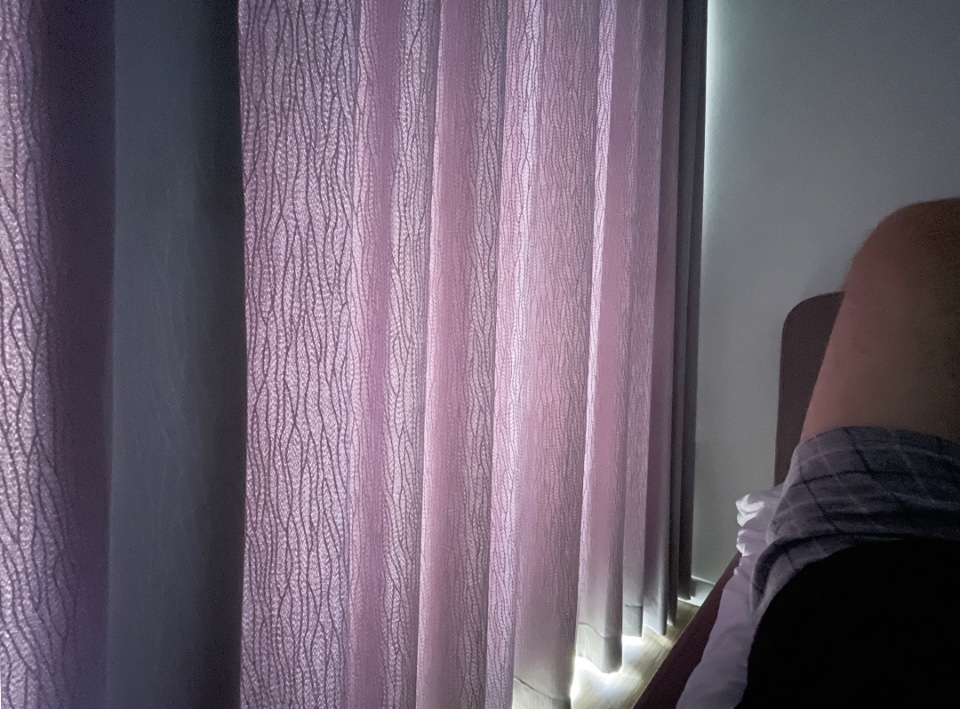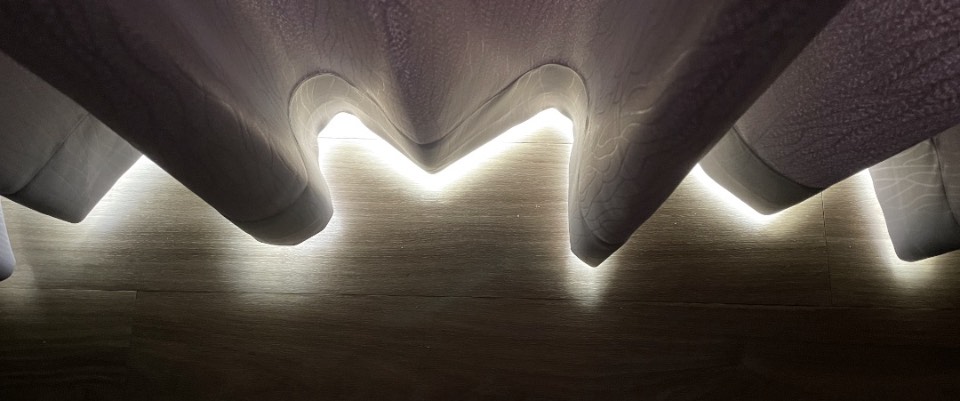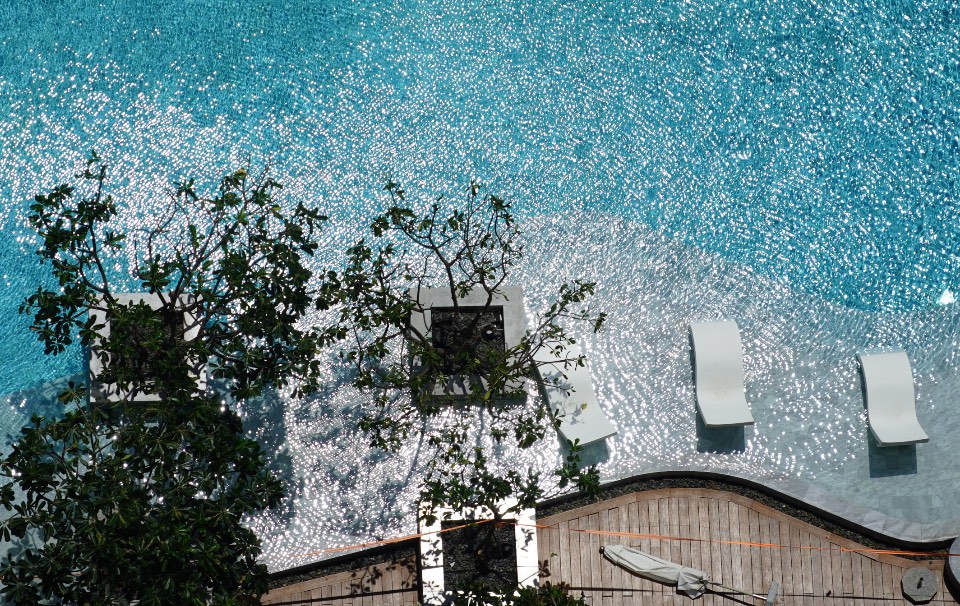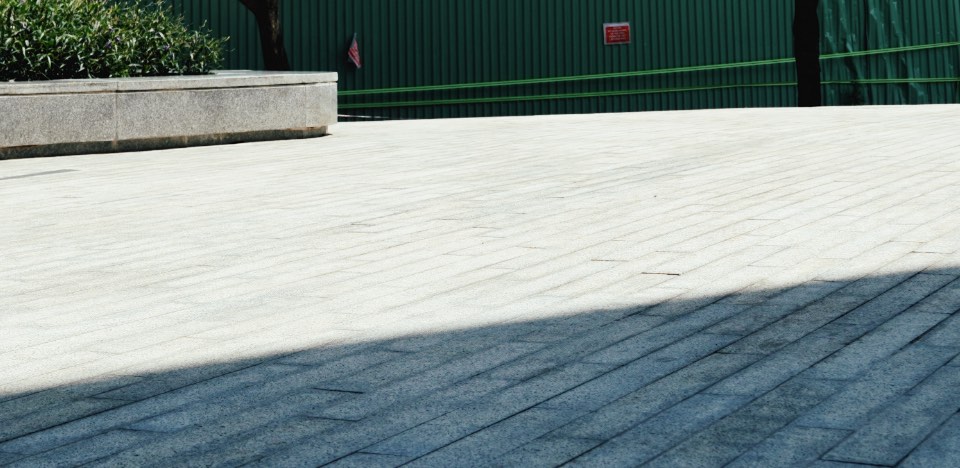In the year 2004 I enrolled in a Feldenkrais Professional Training Program for several reasons:
- It gave me access to the (strongly guarded and unpublished) work of Moshé Feldenkrais, which was something I wanted to learn more about and understand,
- the work of Moshé Feldenkrais was presented in a well structured A‑Z way,
- I was ready for something new in my life.
Odd start of my blog post. Not where I wanted to go with this. Let me restart, with this montage of a screenshot:
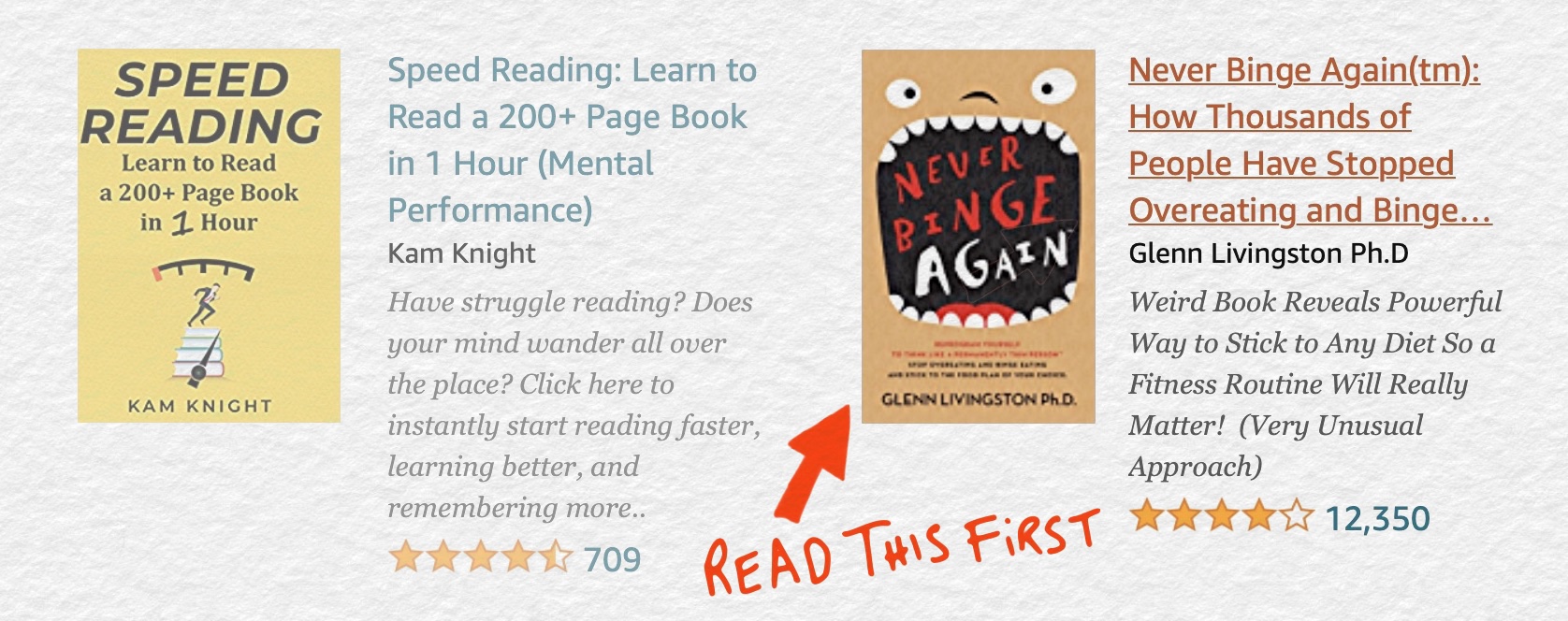
Oddly enough, these two books were recommended to me today, on Amazon. They were next to each other. I chuckled. I thought, „Now isn’t that something”. My father took me to a 2-day Speed Reading seminar when I was 16. I was probably the only one he could convince to such a workshop. Plus it was a good adventure, father and son.
I can still remember the headache I got after a full day of trying to read with my eyes parallel in soft focus. My father had to get medication in the middle of the night. The headache was still there on the second day, and I felt sorry for the seminar host who was trying to one-on-one coach me during our lunch break. Since then I speed read quite a few books about Speed Reading. And then I was actually speed reading quite a few books. Or at least I did what I could.
And then I started to lose interest in books. And then I gave up on reading books altogether, a good two decades ago. And if you have been following me on my „Movement Based” portion of this blog, you already know that I’ve picked up reading books again this spring.
Now I select my books very carefully. And I don’t speed read. In fact, I despise speed reading and everything that stands for it. I only read books that
- I read for meaning, books that actually mean something to me
- and are written in a kind of language that I love to read, the wording, the phrasing.
Books that while I am reading them, I can be mind-to-mind, side-by-side, abreast with the authors, and be guided step by step into their world, their life’s Magnum Opus, and their thinking.
So, that’s not so many books. I’ve already looked at I guess well over a hundred books this year, and I finished eight. I read every word out loud in those eight books, and I took my time. Some of them have audio book versions for purchase, I always like to check their length; how long a professional voice needed to read them out loud. Most times, when the audio book was, say, 4 hours, it took me much more than that, well over 10 hours to read it out loud to myself.
That’s all I have to say about Speed Reading nowadays. And the same goes for Power Napping, High Intensity Interval Training, prolonged water fasts, multiple days of meditation that require some people to take painkillers just to be able to sit motionless in one spot, and everything else in that category.
During my FELDENKRAIS® training I’ve seen somebody cry once in a while. Some Feldenkrais teacher would work with a student and that student would then burst out in tears. I observed that some students would cry because they were so moved by the lesson. Sometimes even observers would cry because they were so touched by what they just observed, witnesses to someone having found consolation, finally relief from long standing suffering. Or maybe it was a confirmation to a student, a sign that the treatment worked and the training was worth the time and money. And oddly enough, some of the teachers seemed to carry an odd sense of accomplishment, a certain kind of pride for their ability to move others to tears.
At that time I remembered some of the books I have been speed reading. Namely „Rebirthing in the New Age” by Leonard Orr, and „Holotropic Breathwork” by Stanislav Grof. These books, as far as I remembered, spoke of strong emotional releases from seminar participants, they spoke of pent up emotions, rigid chests, violent outbursts of expressions, screaming, discomfort, fatigue, drowsiness, and catharsis; being under the impression of having resolved all difficulties and problems, at least for the moment.
But back then, I also remembered a book by Bert Hellinger, a commentary on Family Constellations, in which he talked about times when he would not allow seminar participants to cry. When he required them to find a solution without crying, all within their emotional capacity.
It almost happened to myself, too: One of the teachers, while working with me one-on-one, placed her hands on my back, somewhere between my shoulder blades, and simply held one hand there, with light pressure. I was in side-lying on a Feldenkrais table, my head supported by a pillow, and a pillow between my legs, nicely padded up. For a while nothing happened. I don’t know how long she held her hand on my back, her fingers pressed against some firm area next to my spine. It might have been several minutes, might have been half an hour.
But then, suddenly, my muscles gave in. Suddenly I felt how stiffly I had been holding myself. I let go of the muscles that held my chest rigid like an iron cage. It felt like as if years and years of burden and difficulty melted away in an instant. As if I dropped a weight as heavy as the world itself, Atlas Shrugged. That moment was indeed overwhelming, to be honest. I almost burst out into tears.
But then, milliseconds before the Niagara Falls would have been released from my eyes, I stopped the tears. And at the very same moment the Feldenkrais teacher moved her hands onwards and continued with her lesson, just like a piece for piano would move onwards to the next section.
Hours later I wondered if I had betrayed myself, if it was wrong of me to stop my catharsis, my big emotional release. I wondered if I should have cried on that table, for my own sake.
I turned to the original transcripts of Moshé Feldenkrais, to see what he was thinking about all this. In the transcript of Amherst, Week 5, 7th of July 1980, Moshé Feldenkrais said:
„That’s again a thing that is not quite obvious to everybody. What you are learning is disturbing because this is the first approximation for you. And it should be disturbing. And disturbing without you crying, which is a little bit different from what other disciplines do in order to teach a new way of finding oneself.”
He also spoke of security, and being able to make oneself feel safe. Not so much as a skill, but as a requirement for learning, and being able to act in this world. In Amherst, Week 3, 25th of June 1980, Moshé Feldenkrais said:
„You can see these are problems that must be clearly conceived and elucidated before you understand what we are doing. So many of you feel disoriented and feel changes and you don’t know whether it is good or bad. Many of you came here complaining that what we do seems to be so innocent, so gentle and yet you have deep emotional changes and some funny dreams and all sorts of things. Well, if it weren’t like that, what’s the use of doing it? The use, the difference, here we do it with a kind of feeling well after the lesson, doing it very slowly, very gently. And we have nobody crying here, or feeling terrible, as I have seen many therapists do that intentionally.”
In that same session Moshé Feldenkrais, a master storyteller, added a short little story:
„One student of mine was a former teacher in Canada. He had a Gestalt session in Esalen, not telling who and how, but the first time he came to my class I saw a miserable little thing, quivering. He cried, and everybody around said to him »Don’t cry. You’re a nice guy. You’re nice.« For two hours. He’s now a Feldenkrais teacher and since then I never saw him crying.”
I liked that. Mind-to-Mind with Moshé Feldenkrais in reading. I like his work, his way of thinking. I took example from him. Since then I have been working with thousands and thousands of clients in person. I could bring many to improve, to resolve longstanding, chronic pain, to feel better, to find a feeling of safety, to reconnect with meaning and purpose, to feel spirited again and to be on top of things again. My classes can be tranquil, sometimes even „mildly funny” (to quote one of my students). Sometimes we laugh. And sometimes someone gets mildly bored, or impatient. But nobody’s crying.
